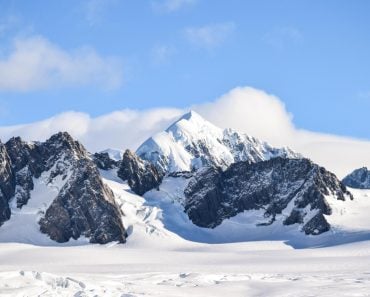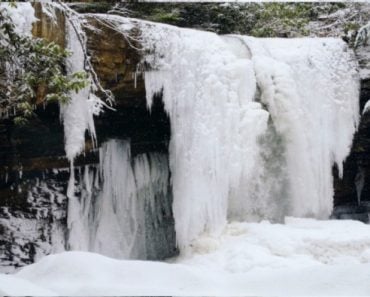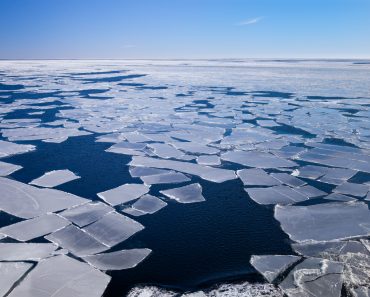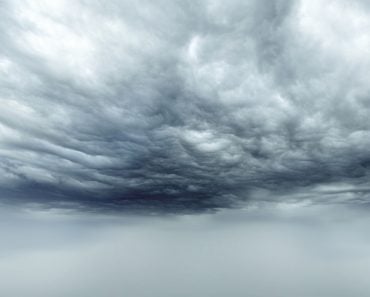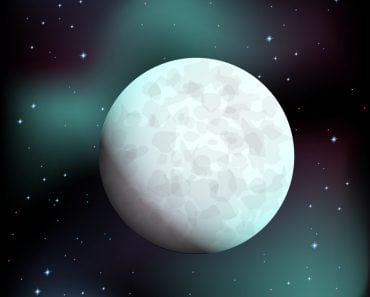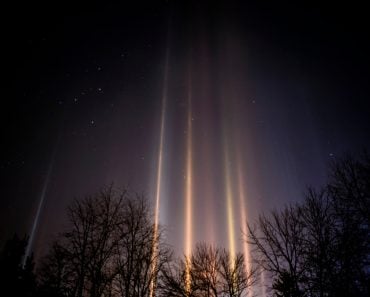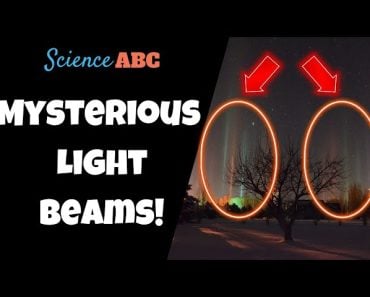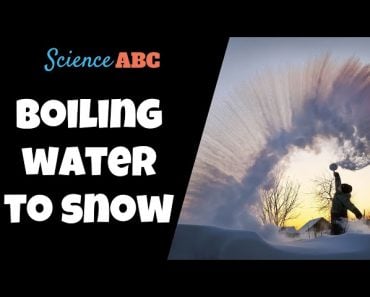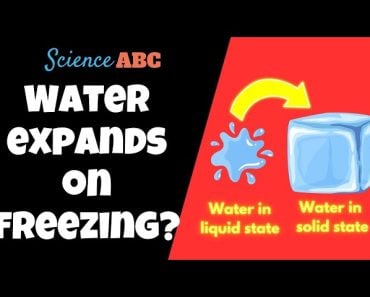Table of Contents (click to expand)
The snow falling on mountains and other cold regions is actually just frozen water. It is formed of tiny crystals of frozen water and looks a bit like small pieces of cotton. A snowflake is an ice crystal, or an amalgamation of ice crystals, that falls to the earth from the atmosphere boasting a variety of shapes, such as hexagons, stars, flowers, needles and more. Freshly fallen snow also reflects more than 90% of the sun’s heat back out into space.
Have you ever experienced a beautiful snowfall on a chilly mountain like Mount Baker or Mount Rose? Snow is arguably one of the most celebrated naturally occurring substances in the world. At times, it serves as a harbinger for transformation by covering everything in a pristine white sheet—as if it were about to give everything a fresh start, a new beginning. On other occasions, it’s used to depict the wide range of human emotions in literature and poetry. If anyone utters the word ‘snow’, there’s a good chance that the first image in your mind is of snow-capped mountains or perhaps fluffy, white celestial particles falling from the sky in the winter. Have you ever wondered why this stunning natural phenomenon occurs? Let’s find out!
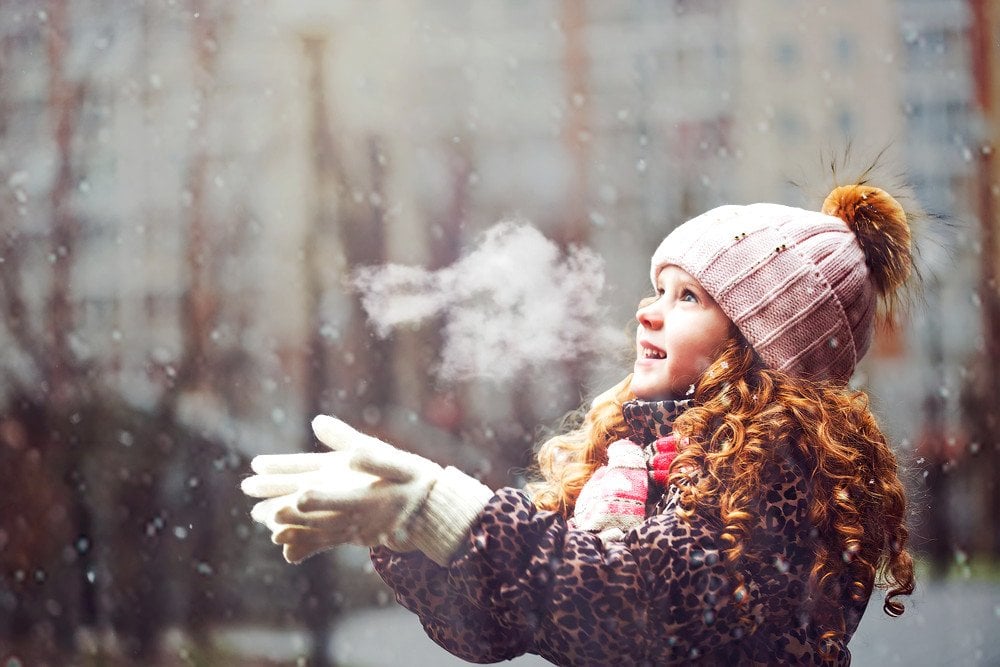
Recommended Video for you:
Science Of Snowfall
Technically speaking, the snow falling on mountains and other cold regions is actually just frozen water. It is formed of tiny crystals of frozen water and looks a bit like small pieces of cotton. A snowflake is an ice crystal, or an amalgamation of ice crystals, that falls to the earth from the atmosphere boasting a variety of shapes, such as hexagons, stars, flowers, needles and more. Freshly fallen snow also reflects more than 90% of the sun’s heat back out into space.
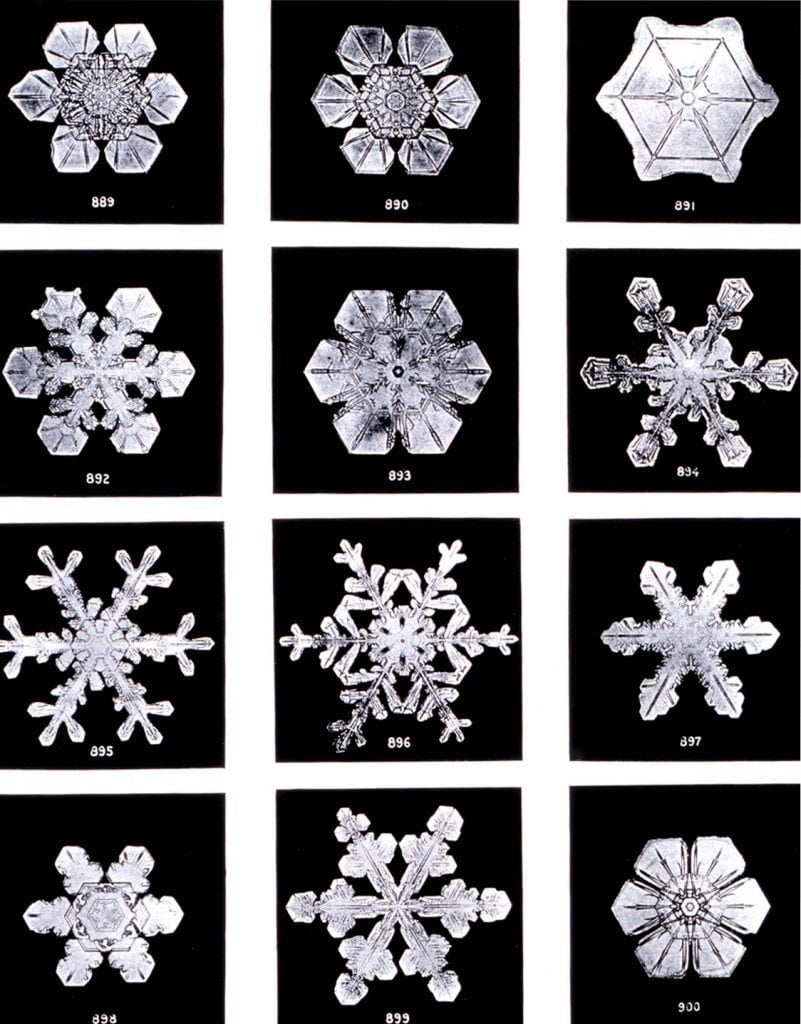
Due to solar heating, there is a continuous evaporation of water from rivers, lakes, ponds etc. Now, it is important to note that water vapor is lighter than atmospheric air. On account of its low weight, water vapor rises higher in the atmosphere and transforms into clouds. Now, you likely learned at school that as we go higher in the atmosphere, the temperature decreases. On the other hand, the capacity of air to hold water vapor decreases as temperature decreases. At a certain height, the air becomes overloaded with water vapor. Air that is teeming with water vapor and moisture is said to be in a supersaturated state. Under this state, the water vapor condenses on the smoke and dust particles mixed in the air.
Upon further cooling, it turns into snow particles. These particles combine with each other to form snow crystals. When the air cannot bear the weight of these particles, they fall to Earth as snowflakes and form a blanket of snow on those regions with high enough altitude.
Why Do We Witness Snowfall Often In The Mountains?
Have you noticed that the snowfall mostly occurs in mountainous or hilly regions? Why do the flat terrains and regions witness the snowfall only on rare occasions? Well, the possibility of snowfall on a given region depends on two key factors:
- The altitude of the region from sea level
- The distance of the region from the Equator
Now, the higher the altitude of the region, the greater the possibility of getting regular snowfall. Similarly, the greater the distance from the Equator, the greater the chances of snowfall in the region.
There is one particularly interesting fact about snowfall. Despite the fact that the amount of snow formed in the atmosphere is quite large, only a small fraction of it falls down as snow on the mountains. The remaining portion comes to drizzle down as rain, because as the cloud of water vapor passes down the slope of the mountain, the temperature starts to rise, causing it to melt and turn into water. That’s why it’s rare to see snowfall on a plains region due to the role that temperature plays in the occurrence of snowfall. The temperature in hilly regions is often on the lower side, so snow does not always melt into rain there, which is why you can sometimes witness rolling hills covered in a blanket of delicate snow.
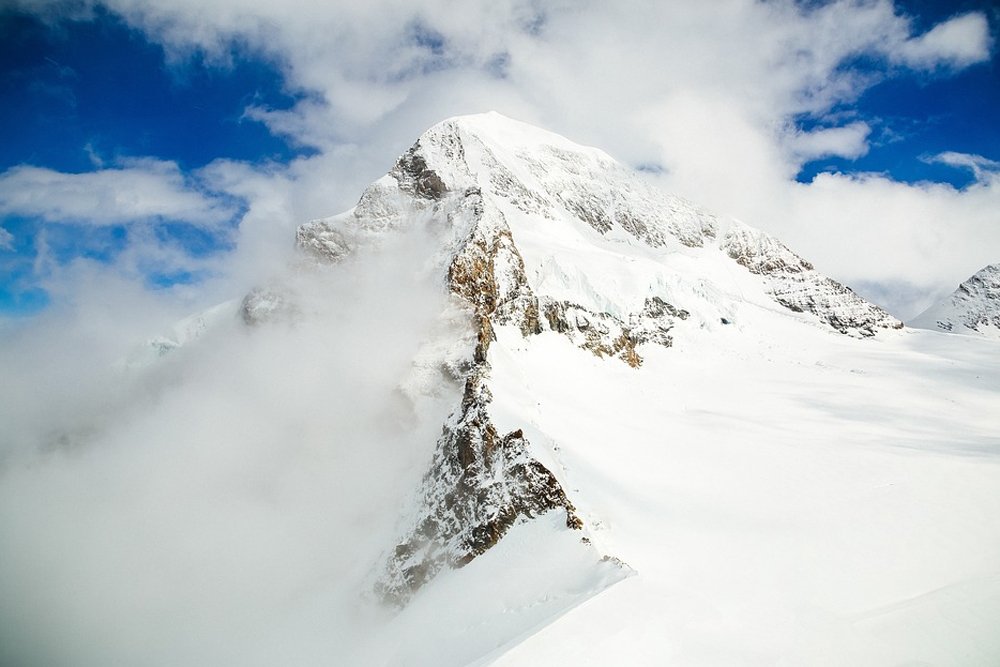
Lake-Effect Snow
Although snowfall often takes place in hilly regions few geographical variations can lead to the formation of snow even in the regions which are not on high altitude. For example cold regions closed to the large lakes can witness snowfall, often called lake-effect snow (also bay-effect snow). As cold, dry air flows through the lakes, it gathers moisture and also heat from the relatively warm water. This heated air rises, and gradually cools off, and the moisture it picked up from the lake condenses into clouds. If these clouds contain enough moisture (or get into supersaturated state) they will produce snow upon coming in contact with the land. Lake effect snow can be seen near the Great Salt Lake in Utah in case of US and some of the large lakes in Canada and Europe.
Effect Of Snowfall On The Ecosystem
Snowfall is incredibly important for our ecosystem. When it melts in the summer, the water flows down to the rivers and other water bodies. This water is then used for irrigation and basic consumption. Snow also happens to be a bad conductor of heat, due to the trapped air inside it. Thus, it acts like a warm blanket for the Earth. This allows both the plants and animals endemic to snowy regions to adapt to the cold environment. Dormancy, seasonal dieback and the survival of seeds are just some of the adaptive mechanisms for plants, whereas animals use techniques like hibernation, insulation, and the storing of feedstock during warm weather to adapt and thrive in snowy areas. Humans residing in snow-prone areas often make their houses out of the snow, as it provides surprisingly good protection against cold weather!


